Disaster SafeSpot - localized safety guidance
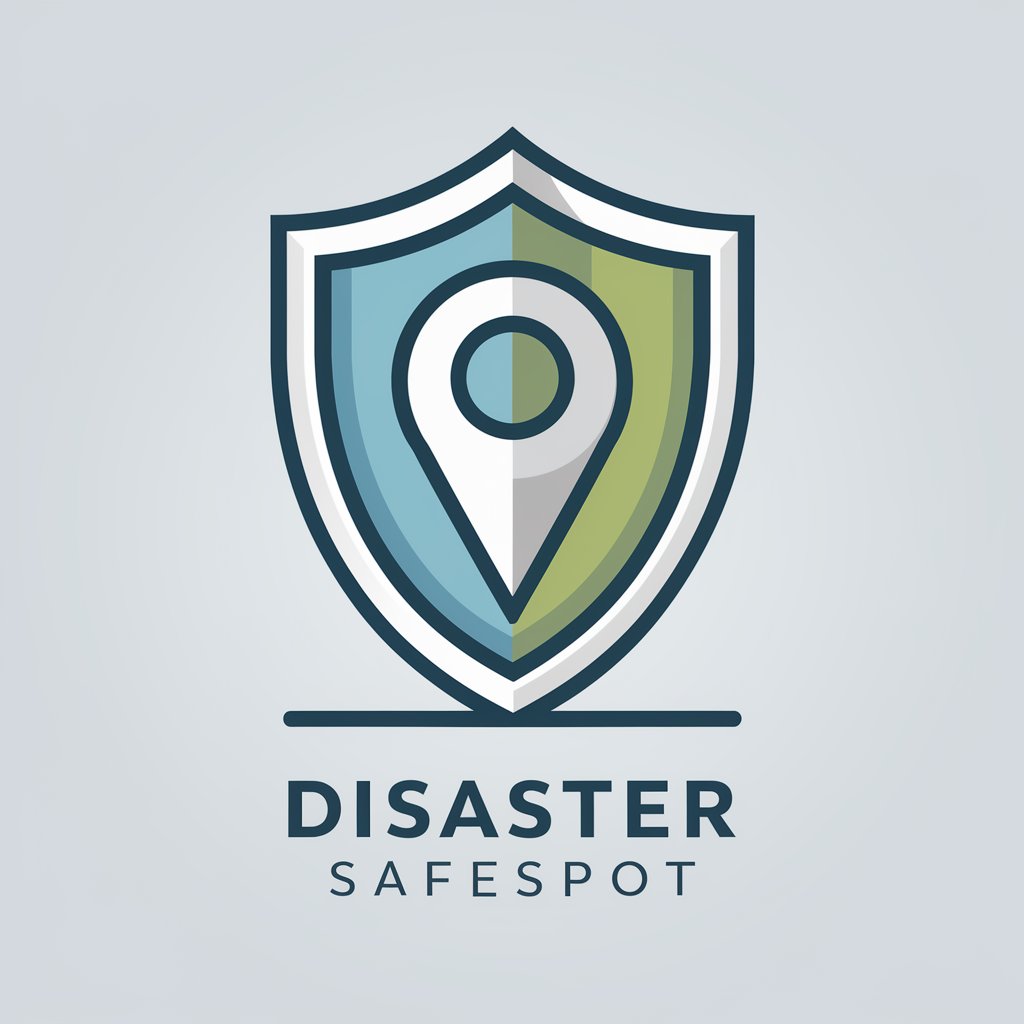
Welcome! How can I help you stay safe today?
Empowering Safety with AI
Find the safest nearby location during a...
How can I stay safe during a...
What should I do if there is a...
Where should I go if there's a...
Get Embed Code
Overview of Disaster SafeSpot
Disaster SafeSpot is designed to provide location-based safety information during emergencies or natural disasters. It offers real-time guidance to help users locate the safest nearby locations, and it prioritizes accurate, verified information from trusted sources to ensure that advice is reliable and actionable. Examples of scenarios where Disaster SafeSpot is particularly useful include natural disasters like earthquakes, hurricanes, or tornadoes, where users need immediate guidance on where to find shelter or evacuate safely. Other examples include industrial accidents, chemical spills, or other emergency situations where clear instructions and accurate location information are crucial. Powered by ChatGPT-4o。

Primary Functions of Disaster SafeSpot
Real-time Safety Alerts
Example
Disaster SafeSpot provides real-time alerts for impending natural disasters, such as tornado warnings, hurricane updates, or earthquake alerts. These alerts are designed to notify users of imminent threats in their area and provide guidance on safety measures.
Scenario
Imagine a situation where a tornado is detected heading toward a populated area. Disaster SafeSpot would send out real-time alerts to users in the affected region, providing them with instructions on where to seek shelter, evacuation routes, and other critical safety information.
Location-based Safety Recommendations
Example
Disaster SafeSpot uses location-based technology to guide users to the nearest safe locations during emergencies. This function relies on mapping tools, verified safety data, and local safety guidelines to offer accurate recommendations.
Scenario
During a hurricane, users may need to evacuate quickly. Disaster SafeSpot can guide users to designated evacuation shelters, avoiding flooded or blocked routes, based on their current location.
Emergency Resource Information
Example
Disaster SafeSpot provides users with information on emergency resources, such as medical facilities, emergency response centers, and utility services. This helps users find essential services during crises.
Scenario
In the aftermath of an earthquake, users might need medical assistance or access to clean water. Disaster SafeSpot can direct them to the nearest hospitals, water distribution points, or emergency aid stations.
Target User Groups for Disaster SafeSpot
General Public
The general public is the primary target group for Disaster SafeSpot. This includes families, individuals, and communities seeking safety information during emergencies. The service benefits this group by providing real-time alerts and safety recommendations, ensuring they know where to go and what to do in various disaster scenarios.
Emergency Responders
Emergency responders, including firefighters, police, and paramedics, can use Disaster SafeSpot to access critical location-based information during emergencies. This helps them respond more effectively, plan evacuation routes, and locate emergency resources quickly.
Local Authorities and Government Agencies
Local authorities and government agencies can use Disaster SafeSpot to coordinate emergency response efforts, communicate with the public, and ensure safety recommendations align with local disaster preparedness plans. This user group benefits from the platform's accurate location-based data and real-time alerts.

How to Use Disaster SafeSpot
Step 1
Begin by accessing yeschat.ai for an immediate, free trial without the need to log in or subscribe to ChatGPT Plus.
Step 2
Identify your current location or the area of interest where you need safety information, using the location search feature.
Step 3
Select the type of disaster or emergency situation you are inquiring about from the available options to get specific safety advice.
Step 4
Follow the detailed, AI-driven safety instructions and guidance tailored to the selected disaster type and your location.
Step 5
Bookmark or save the website for quick access in future emergencies and regularly update your settings based on your current most frequented locations.
Try other advanced and practical GPTs
Tax Advisor
Empowering Financial Decisions with AI

Tax Guide
Streamlining Tax Management with AI
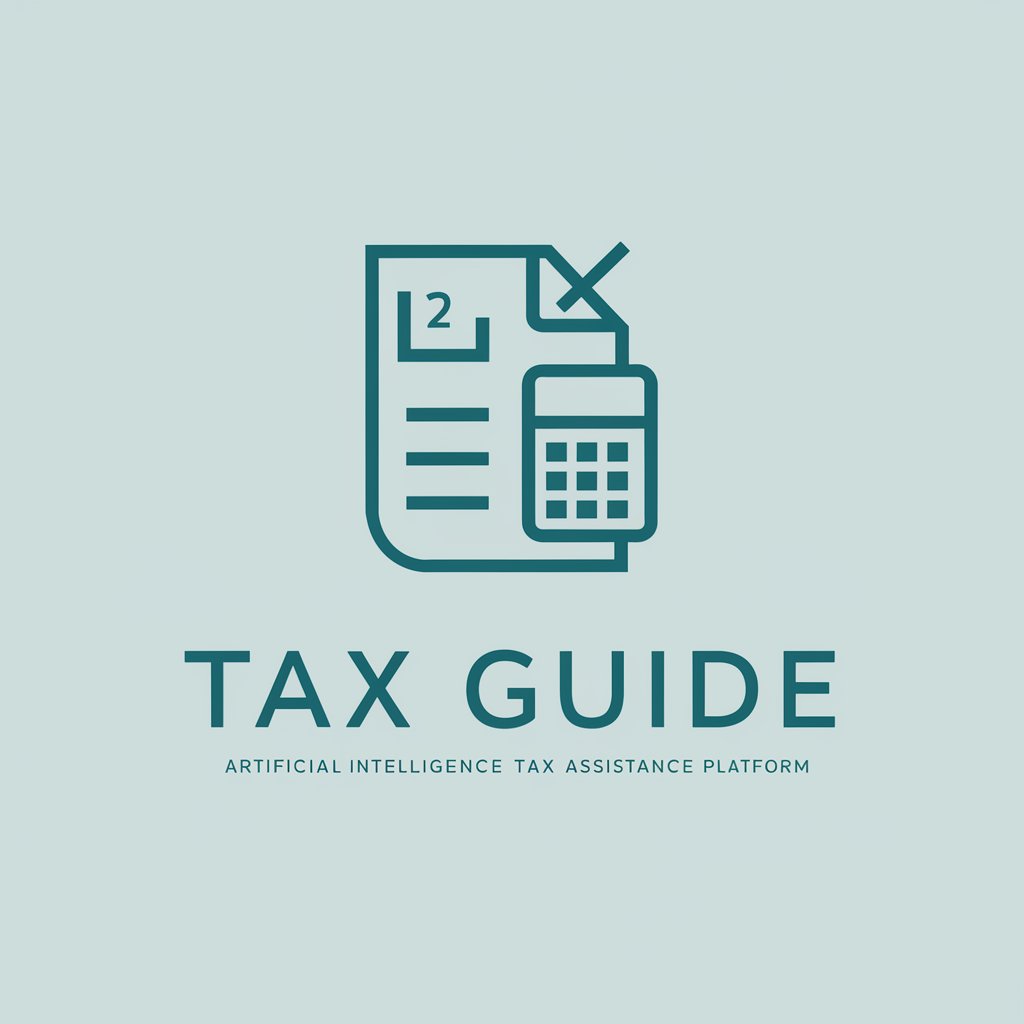
Abrams Tax
Your AI-powered tax law assistant

Tax Sage
Navigating Tax with AI Expertise

Tax Bachao
AI-powered tax planning for India

Tax Advisor
AI-Powered Tax Insights
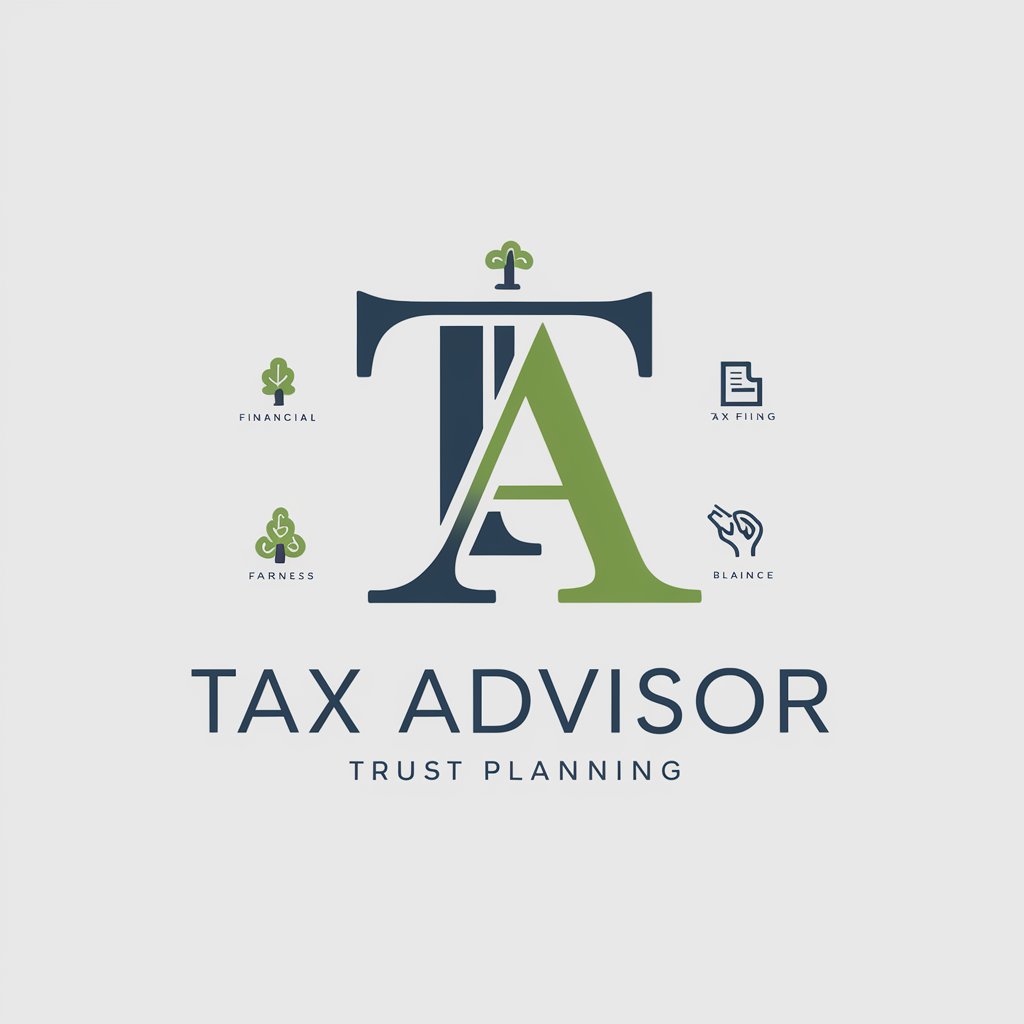
Disaster Guide
Your AI Guide for Surviving Any Disaster
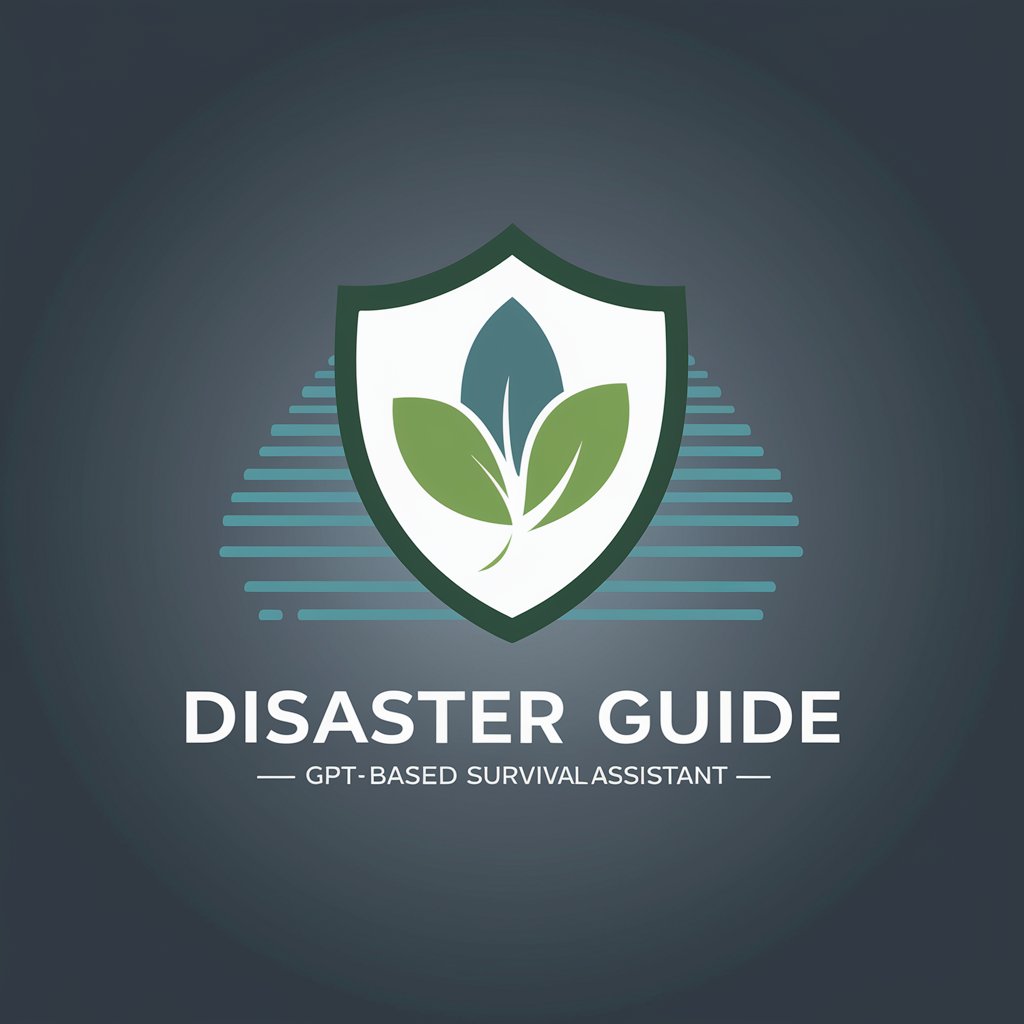
Natural Disaster Predictor
Predict Disasters with AI Insight
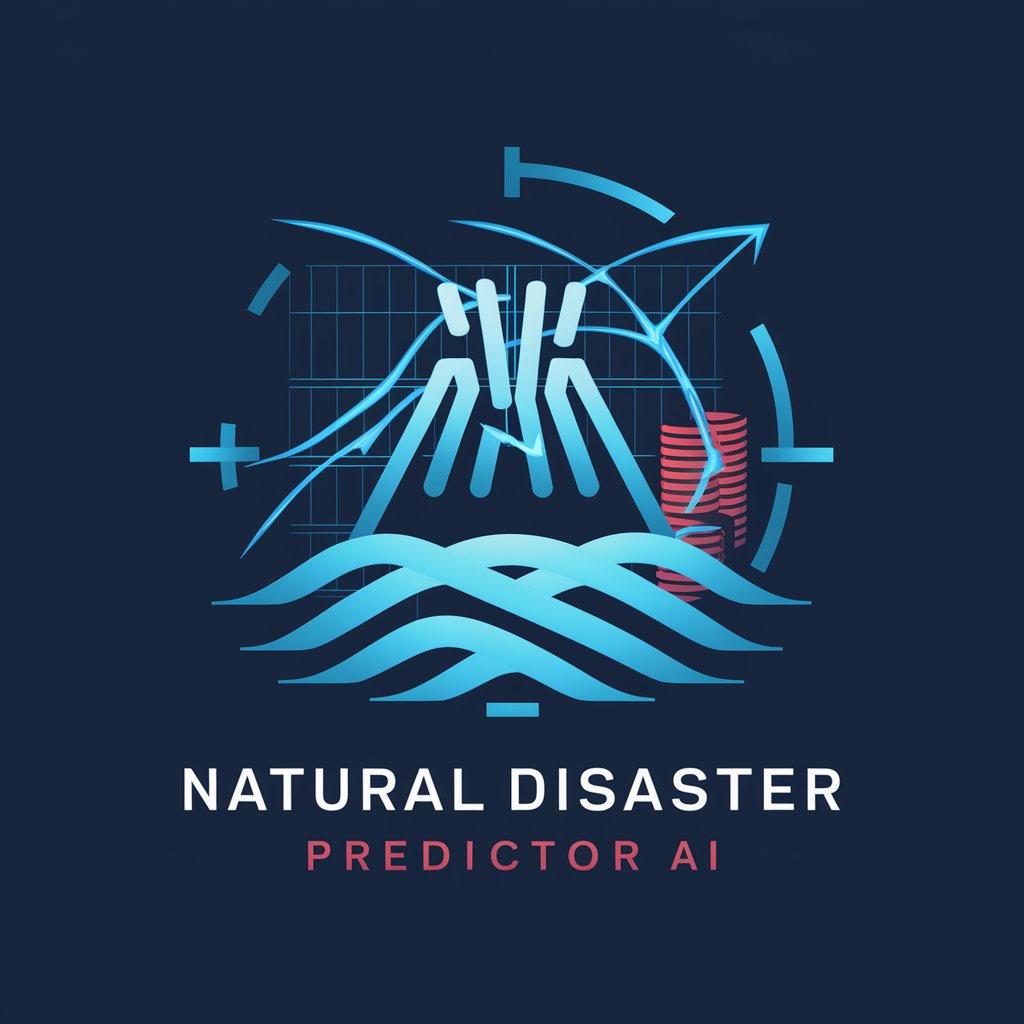
Professional Disaster Advisor
AI-powered disaster readiness
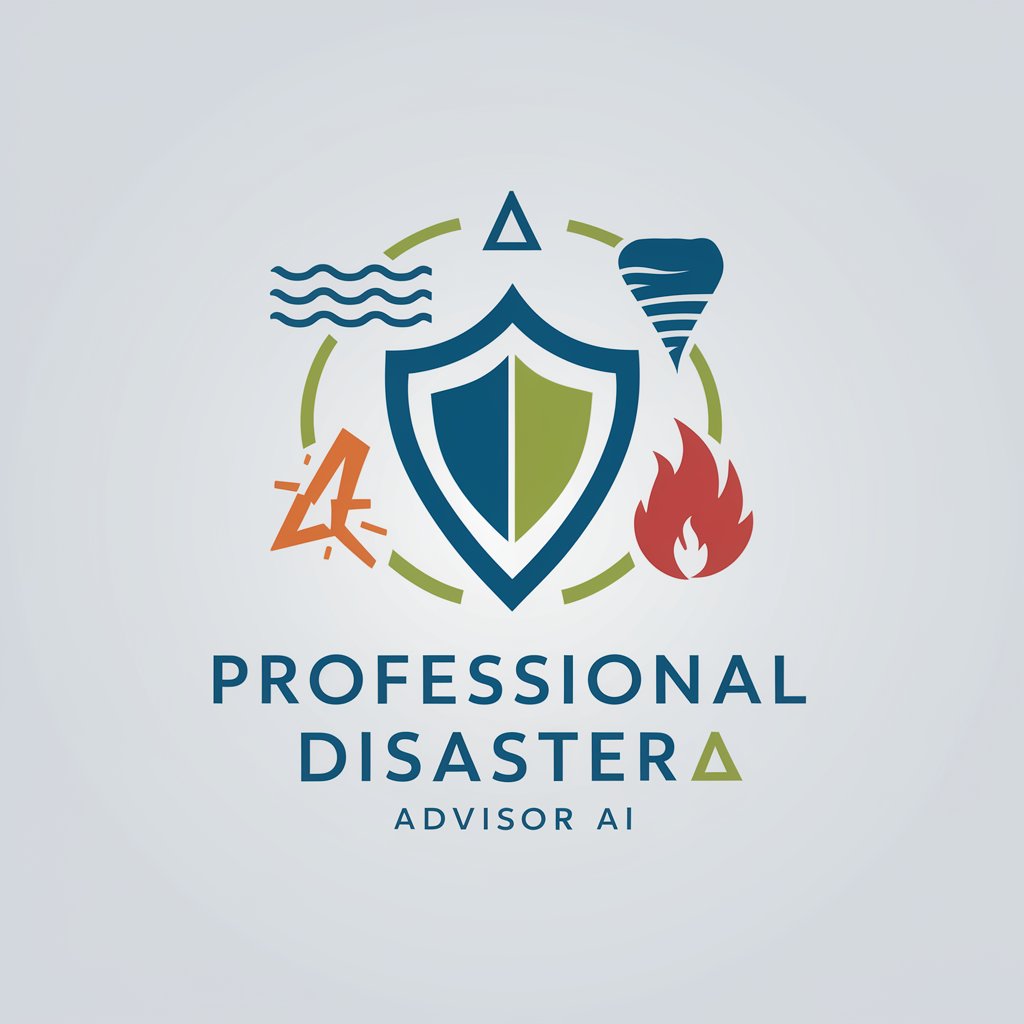
Disaster Response and Analysis
AI-Powered Disaster Insights and Forecasting
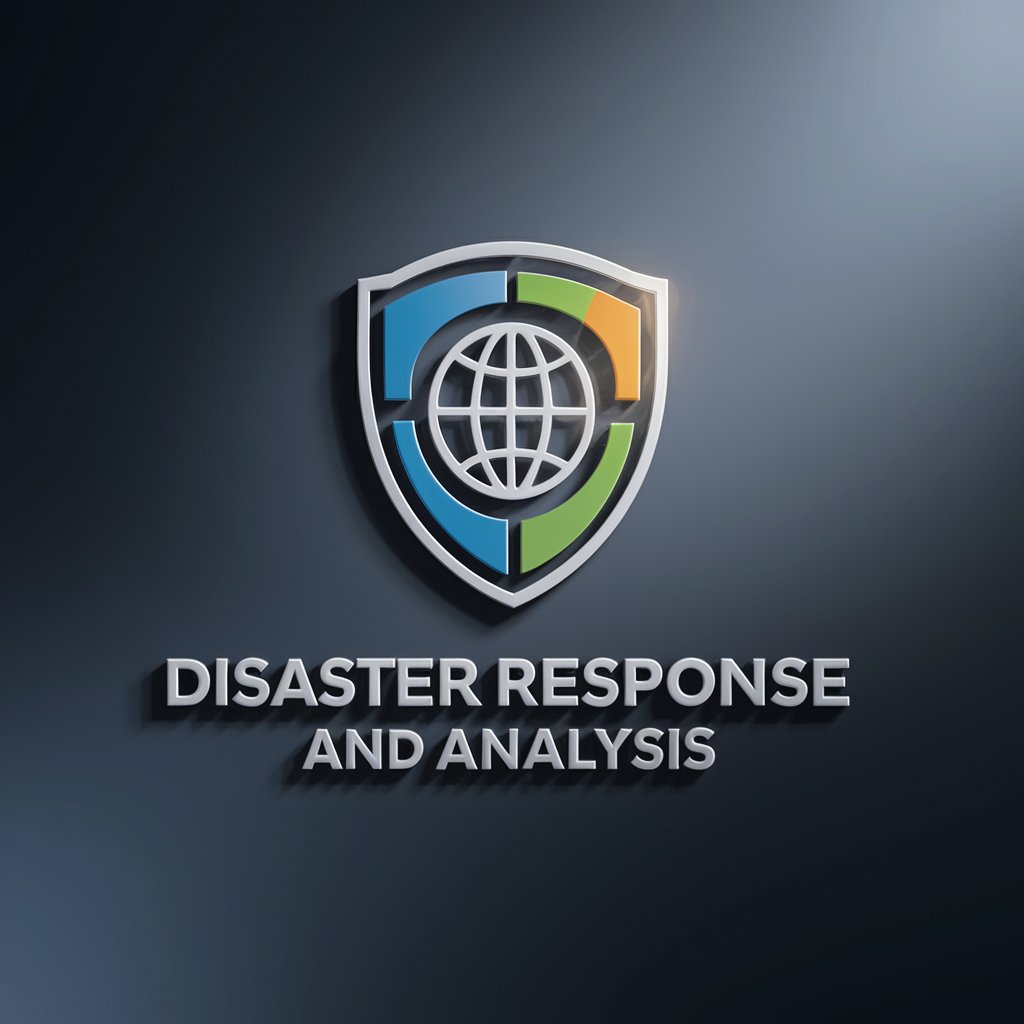
Disaster Program Specialist
AI-powered disaster management support

cataclysmic disaster generator
Visualize Catastrophe, Plan Accordingly

Detailed Q&A about Disaster SafeSpot
What makes Disaster SafeSpot different from other safety information tools?
Disaster SafeSpot focuses on providing hyper-localized safety information tailored to specific disasters, combining real-time data and AI analytics to offer actionable advice during emergencies.
Can Disaster SafeSpot help in any type of natural disaster?
Yes, Disaster SafeSpot is equipped to handle a variety of natural disasters, including hurricanes, earthquakes, floods, and wildfires, offering specific strategies and safety tips for each.
Is there a mobile app available for Disaster SafeSpot?
Currently, Disaster SafeSpot is accessible through a web interface, ensuring it is accessible on any device with internet access without the need for a specific app.
How does Disaster SafeSpot ensure the reliability of its safety information?
The tool integrates verified data from reputable sources, such as governmental weather services and emergency management agencies, and updates its guidance in real-time as new data becomes available.
Can I customize the alerts I receive from Disaster SafeSpot?
Yes, users can customize alerts based on their specific locations and the types of disasters they are most concerned about, ensuring they receive the most relevant information.
